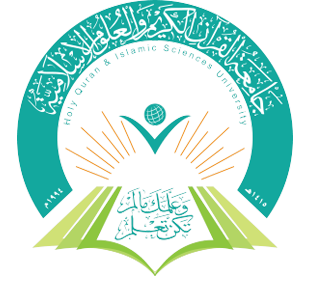Role of the contemporary Yemeni school in teaching and disseminating the Holy Quran and its modes of recitation in the Kingdom of Malaysia
ITQAN Education Foundation as a model
DOI:
https://doi.org/10.61821/whcnhd94Keywords:
: Role of the Yemeni school, Teaching the Holy Quran and its modes of recitat, ITQAN Education FoundationAbstract
This research aims to publicize the role of the contemporary Yemeni school in
teaching and disseminating the Holy Quran and its modes of recitation in the
Kingdom of Malaysia, and to highlight the leading role of ITQAN Education
Foundation and its contributions in disseminating the Holy Quran and its modes
of recitation as an extension of the Yemeni school in carrying out the mission of
Quranic education outside Yemen, whose inception contributors include Yemeni
talents such as academics, sheikhs, educators, experts, and teachers.
This research follows a descriptive inductive approach in
the characterization of the Yemeni role whether through individuals or
institutions, as well as the mission, vision and aims of the Foundation, in addition
to introducing its programs, activities and educational products. The research also
follows the analytical method to explain the motives of those roles and the
characteristics analysis of those programs, discussing their contents and
consistency with the contemporary academic Quranic education patterns.
The most notable findings of the research include: The Yemeni role in
disseminating and teaching the Holy Quran and its modes of recitation started
since Islam reached the Malay Archipelago and has expanded until the present
age. The role of ITQAN Education Foundation was not limited to teaching
the Holy Quran and its modes of recitation to Malaysians, but also to teaching
expatriates, residents, and visitors. The Foundation’s experience in this field has
enabled it to extend hands of cooperation to neighboring countries such as
Indonesia and Singapore. Besides, the Foundation has educational dimensions
and qualifying ambitions that are in line with the spirit of contemporary education
in building electronic educational platforms and designing curricula
accompanying the teaching of the Holy Quran and its modes of recitation.
Downloads

Downloads
Published
Issue
Section
License
©This article is an open access article distributed under the terms and conditions of the Creative Commons Attribution (CC BY) license



